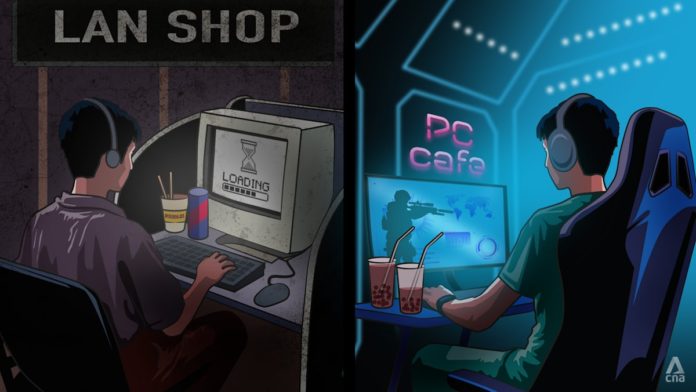The number of cybercafés has dropped dramatically in recent years, but the spaces still exist and could become a vital “third place” in modern cities, experts say. While home internet access has surged, these public computing hubs offer more than just a login; they provide a social setting where people can meet, work, and play in a comfortable, affordable environment.
Industry analysts note that cybercafés are evolving. Many have added co‑working zones, gaming lounges, and Wi‑Fi‑friendly seating to attract students, freelancers, and travelers. They fill a gap left by the shift to mobile devices, offering fast, reliable connections and the chance to use high‑end hardware that home users may not own.
Community leaders point out that these venues can strengthen local bonds. By hosting events—coding workshops, language classes, or local business meetings—cybercafés act as a digital bridge between different age groups and neighborhoods. They are already proving useful for tourists who need a place to check their travel itineraries or for remote workers who need a change of scenery.
In short, while the cybercafé industry has shrunk, its role as a social hub for urban and rural areas remains strong. With the right upgrades and community‑focused services, these cafés can continue to thrive as essential community anchors in the digital age.
Stay informed on all the latest news, real-time breaking news updates, and follow all the important headlines in world News on Latest NewsX. Follow us on social media Facebook, Twitter(X), Gettr and subscribe our Youtube Channel.



